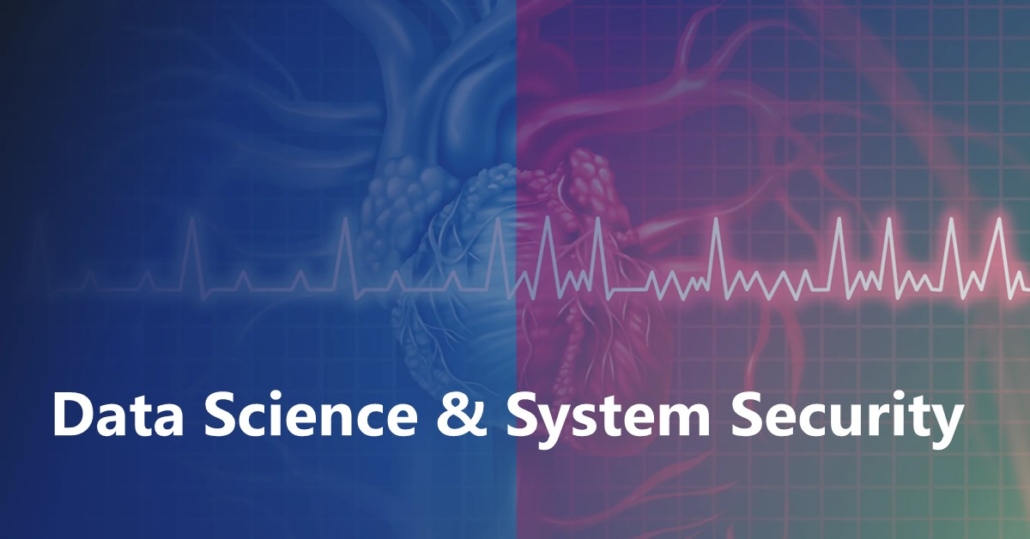Temporal Context-aware Representation Learning for Question Routing
Question routing (QR) aims at recommending newly posted questions to the potential answerers who are most likely to answer the questions. The existing approaches that learn users’ expertise from their past question-answering activities usually suffer from challenges in two aspects: 1) multi-faceted expertise and 2) temporal dynamics in the answering behavior. This paper proposes a novel temporal context-aware model in multiple granularities of temporal dynamics that concurrently address the above challenges. Specifically, the temporal context-aware attention characterizes the answerer’s multi-faceted expertise in terms of the questions’ semantic and temporal information simultaneously. Moreover, the design of the multi-shift and multi-resolution module enables our model to handle temporal impact on different time granularities. Extensive experiments on six datasets from different domains demonstrate that the proposed model significantly outperforms competitive baseline models.


